What is an LED well light
An LED well light is an uplighting luminaire that is recessed into the ground and concealed from view. Well lights offer the most unobtrusive form of uplight among all landscape lighting systems. The recessed light source combined with an inconspicuous aesthetic results in minimal visual distraction. These luminaires find their use in applications where a fixture cannot protrude above ground level of areas such as lawns and paved courtyards. This product takes its name from its recessed installation—the luminaire sits in a recessed well that is dug in the ground.
Landscape lighting techniques
Well lights provide virtually the same versatility as spot lights in landscape lighting applications. These in-ground luminaires can be used to accomplish the majority of landscape lighting techniques, including uplighting, cross lighting, mirror lighting, shadowing, silhouetting, wall washing and grazing. Uplighting brings life to the dramatic features within the landscape as it reverses the daylight perspective of even light from above. The object of uplighting can be a shrub, tree or architectural feature like a gazebo, fountain, arbor or wall sculpture. Cross lighting utilizes two beams of light to define surface texture and shape of larger trees or other tall items. Mirror lighting uses the water surface as a mirror to reflect light and thus creates a more compelling visual experience. Shadowing is a technique that is used to project a shadow onto a vertical surface behind the object so as to highlight interesting shapes and branch structure. Silhouetting is an effective technique to project intriguing shadows on a wall or other vertical surface. Wall washing provides a broad, homogeneous wash of light across a wall to create a backdrop for the main focal points. Grazing accentuates shadows and textures to add drama on a surface such as a tree trunk, a stone wall, climbing ivy, etc.
Design and construction
An LED well light is a durable, waterproof, and heavy duty lighting system. The luminaire has a sturdy brass, aluminum or stainless steel housing. To protect the components against corrosive elements, the die-cast aluminum housing is treated with a chemical chromatized protection before a corrosion resistant powder coating. Brass holds up well in all environments and is typically used in products designed for installation in coastal and marine environments. The round or square front ring of an inground uplight is made from stainless steel, aluminum, or brass. A tempered flat borosilicate glass lens that is machined flush to trim ring can bear a surface load capacity for accommodating a vehicular or pedestrian traffic. Surrounding the edge of the lens is a one-piece molded silicone gasket that provides positive watertight seal. Well lights typically come with a minimum IP67 rating to ensure the luminaires are sealed against direct jets of water and against continuous immersion. Power is provided to through a watertight cable gland. A composite pour box is provided for concrete installation. Additional accessories include rock guards, directional shields, glare shields, directional louvers, driveway markers, grout masks, and debris covers.
Technology implementation
LED well lights can be divided in the lamp-based type and the integrated type. A lamp-based inground luminaire uses a light bulb such as an MR11 or MR16 as the light source. An integrated luminaire is equipped an LED module, rather than a self-contained LED lamp. Lamp-based inground luminaires have the convenience of lamp replacement because of the universal availability of lamps in standard designations. However their performance and photometric design flexibility are limited and may require more frequent maintenance because the optical, electrical and thermal performance of LED lamps are usually compromised due to cost and form factor restrictions. Integrated luminaires, on the other hand, are designed and engineered through a systems approach. The LED module is integrated with optical, electrical and thermal sub-systems in a way that allows precise beam control, smooth and wide-range dimming, efficient heat dissipation, and robust protection against electrical abuse. Integrated design allows the luminaires to incorporate RGB/RGBW LED modules for color changing accent lighting.
Low voltag vs. high voltage
LED well lights fall in two categories depending on the power input: high voltage systems and low voltage systems. A high voltage well lights are line-operated and includes an AC-to-DC driver for converting power supplied from an AC source to DC power needed by the LED load. A low voltage light operates at 12 or 24 volts and is connected to a remote transformer. Low voltage lighting is safer and more cost-effective but may experience voltage drop when the transformer is located at a long distance. High voltage lighting systems are able to travel longer distance from the power source, to carry a higher wattage light engine, or integrated more features. However, a higher installation cost is involved with high voltage lighting.

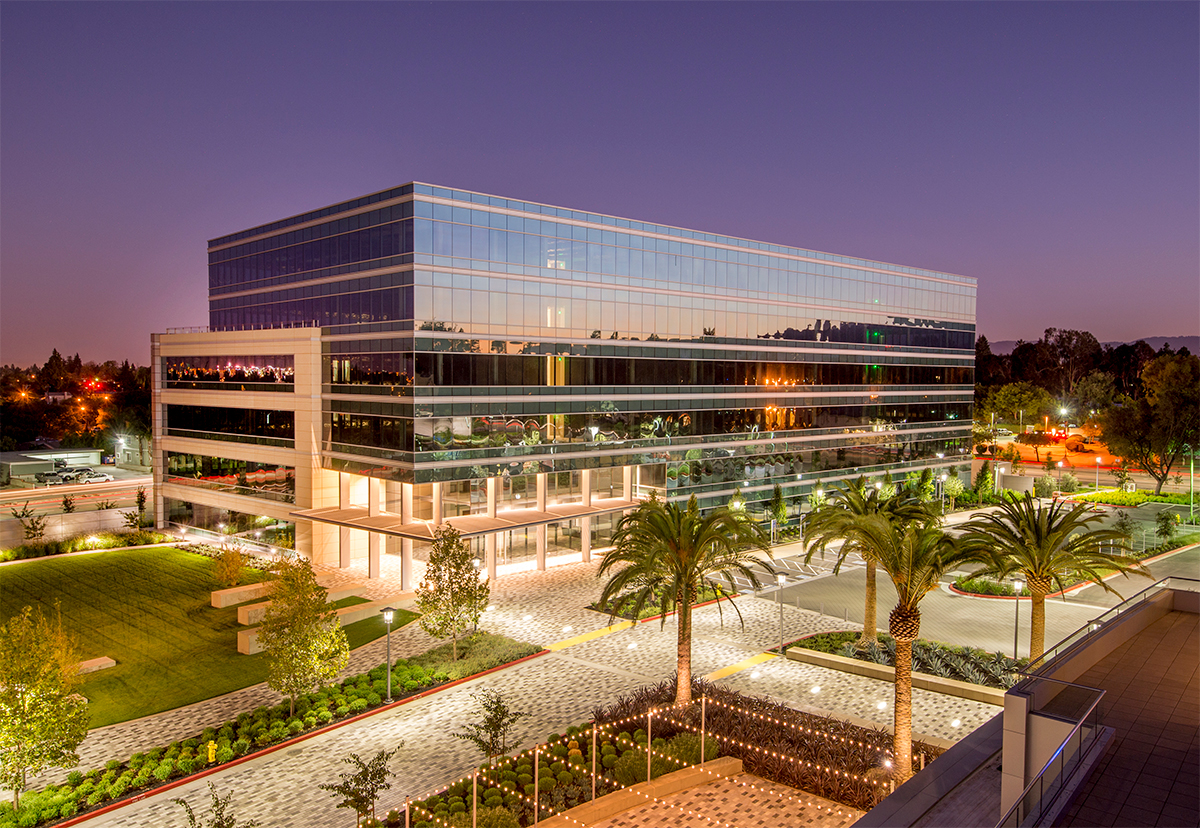
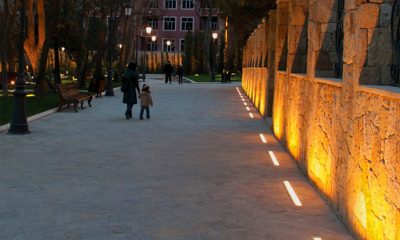




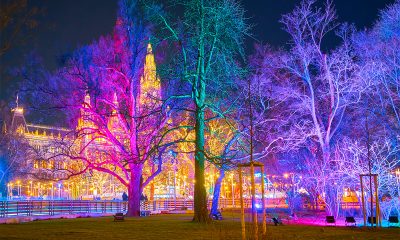

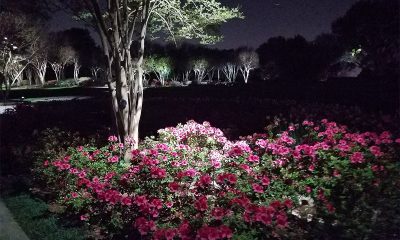
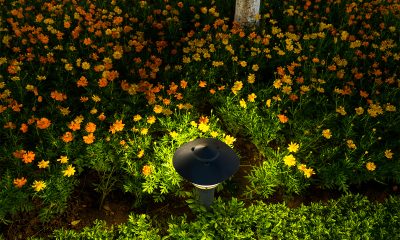
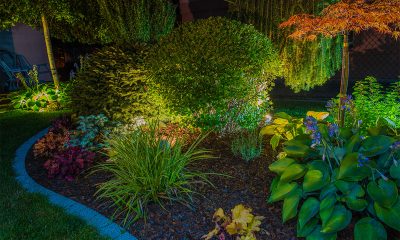
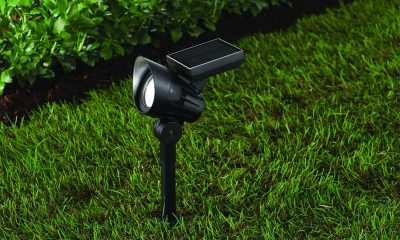
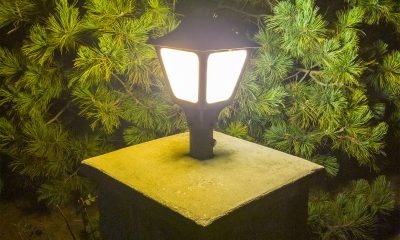





Loading...
New member
New member
New member